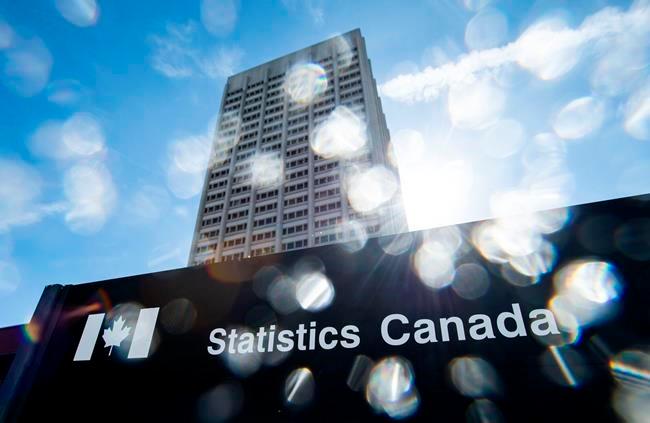Winter is coming to Canada with a vengeance this week with some areas of the country expected to receive up to 40 centimetres of snow while others will face windchills of up to -50 degrees C.
Environment Canada has issued a winter storm watch for some parts of Ontario and Quebec with predicted snowfall amounts ranging between 20 and 40 centimetres beginning Jan. 9.





